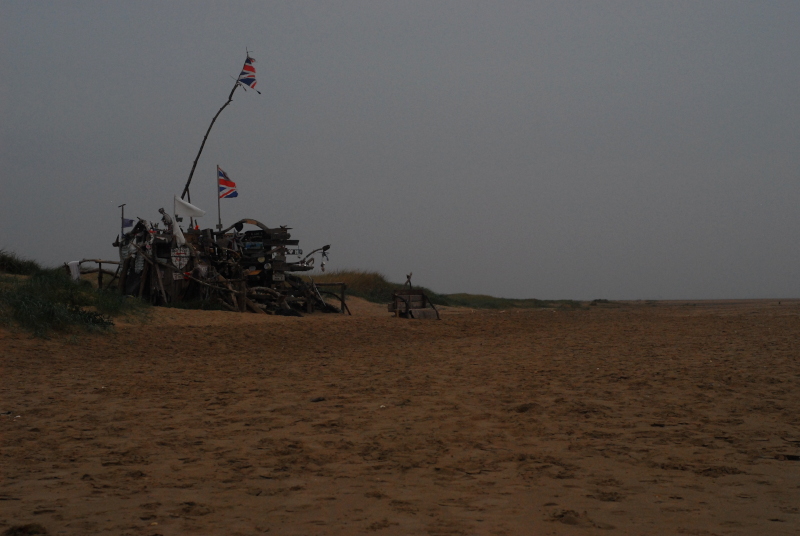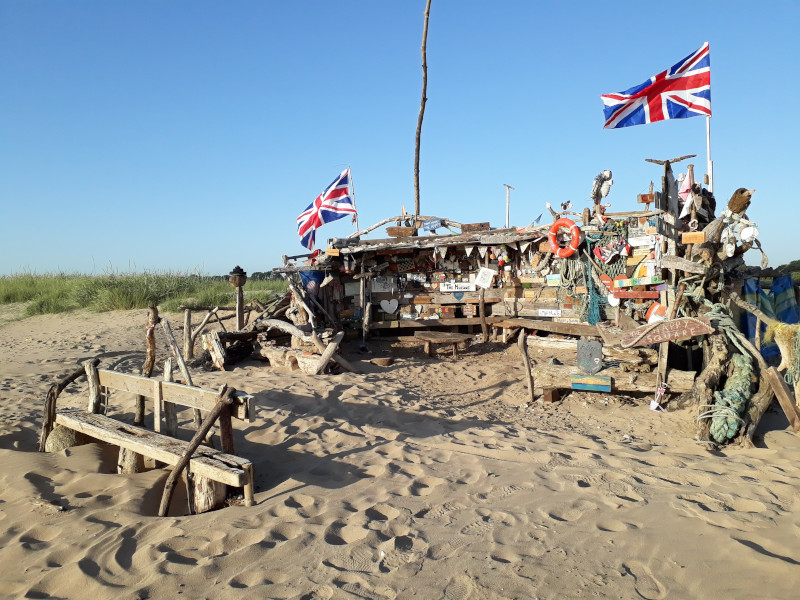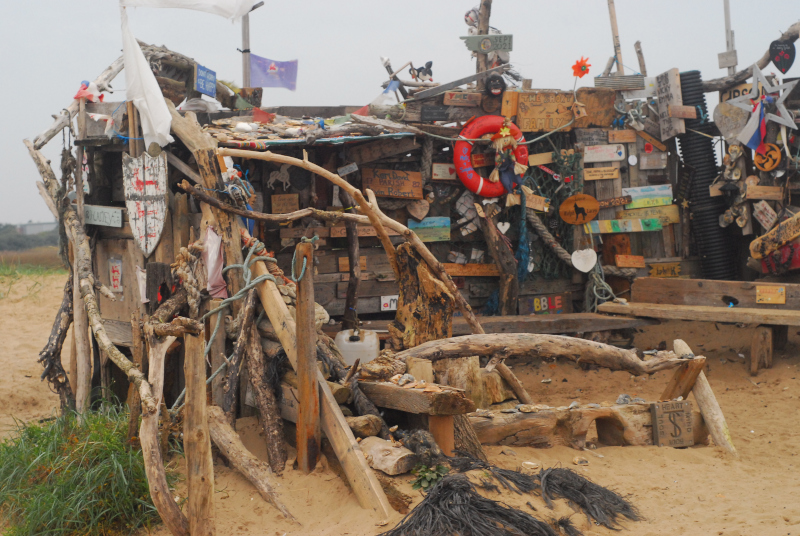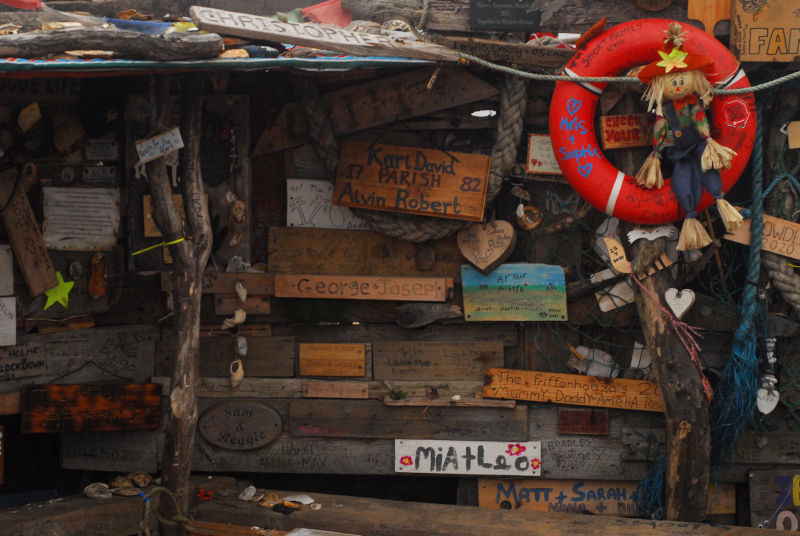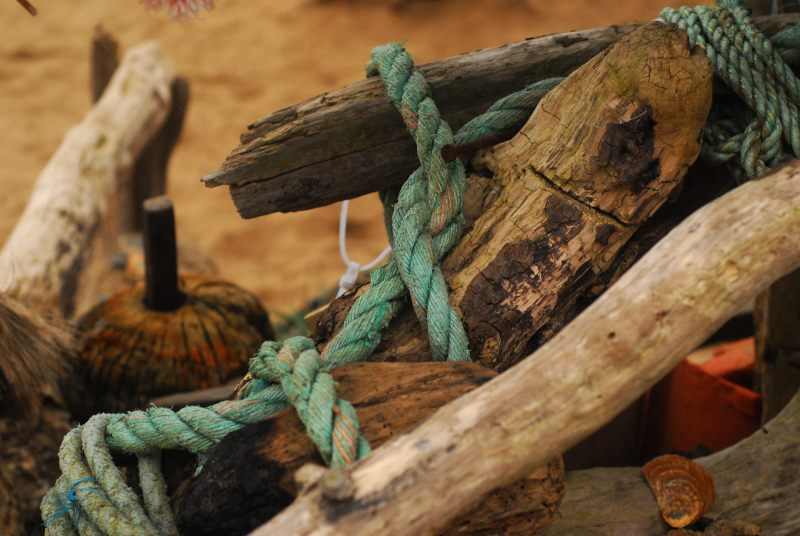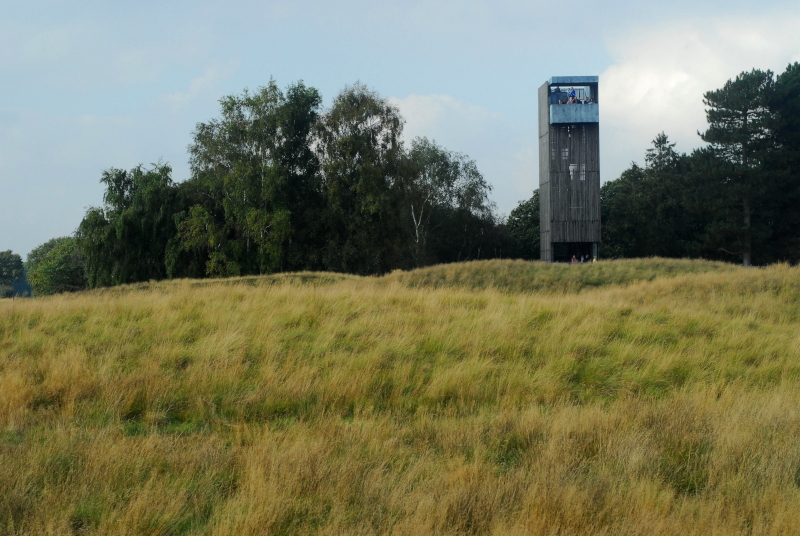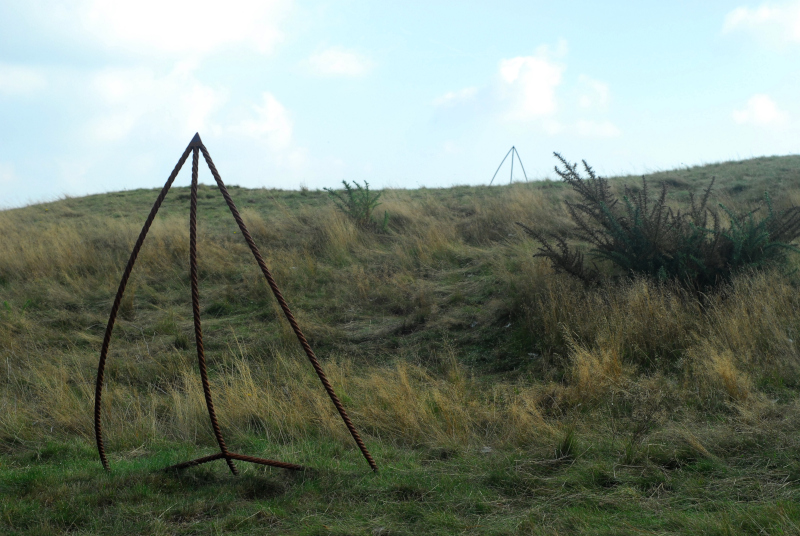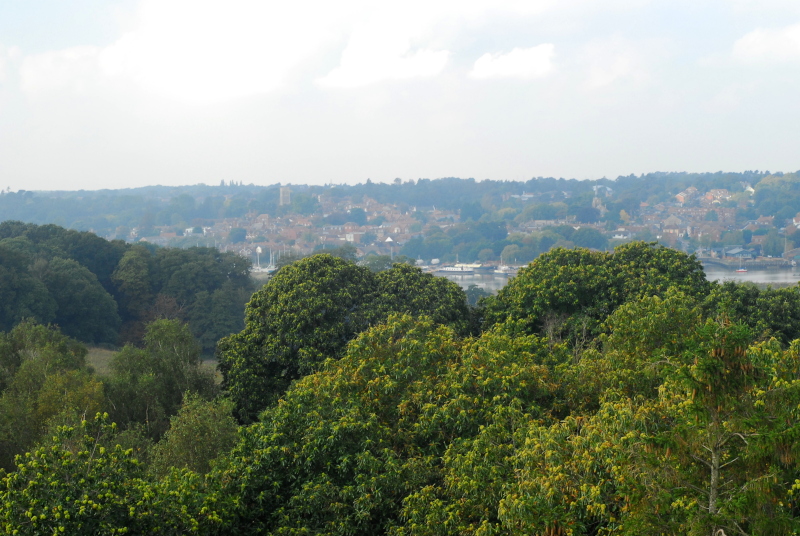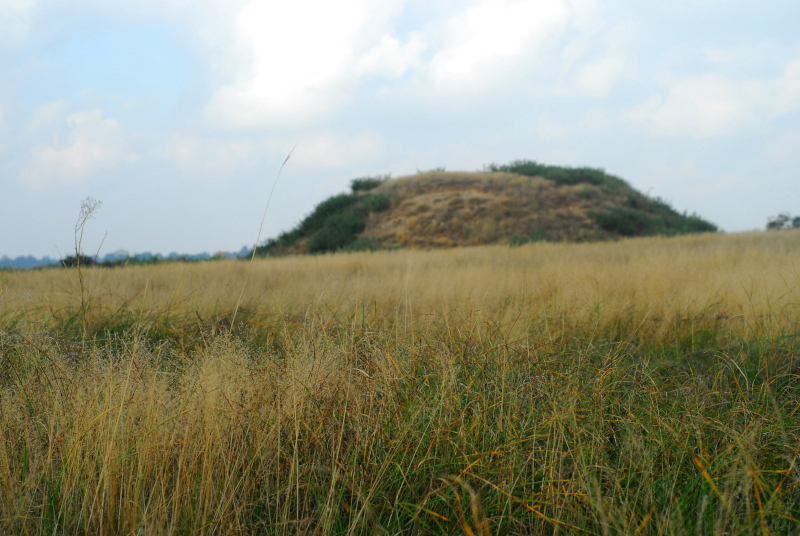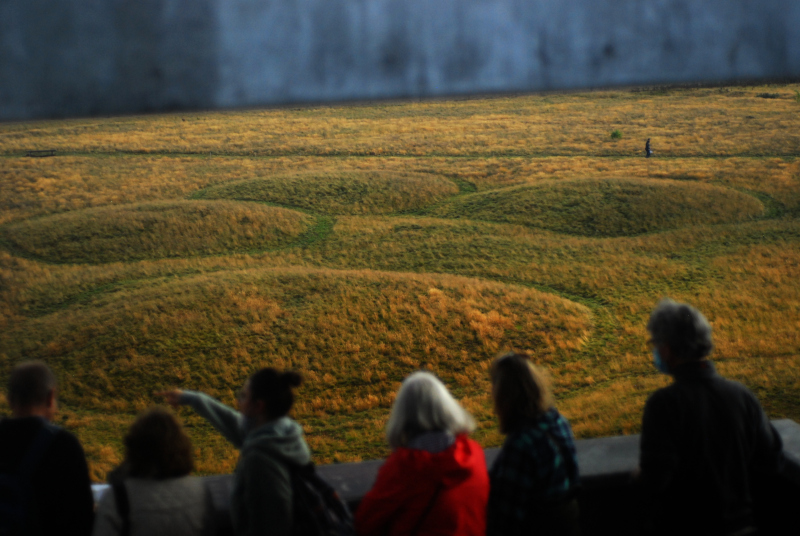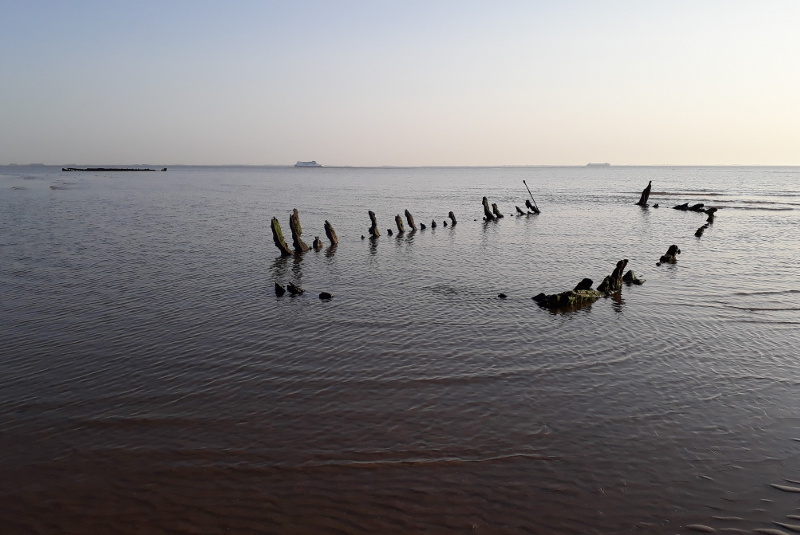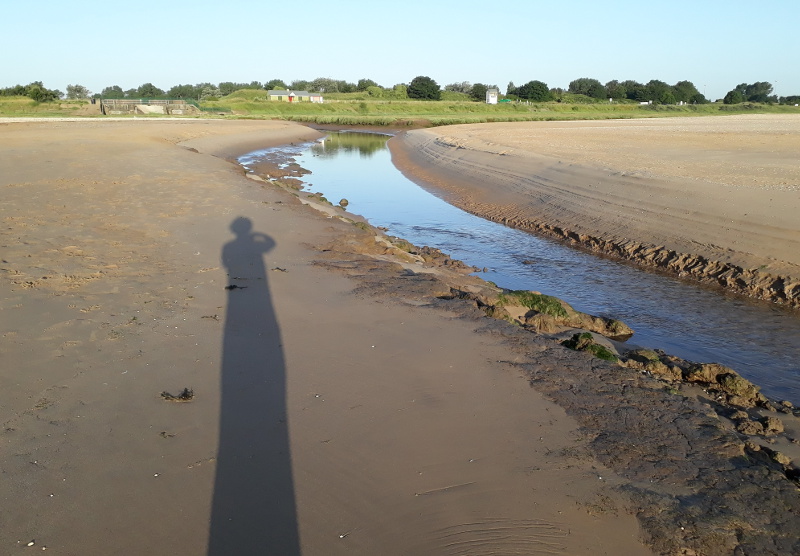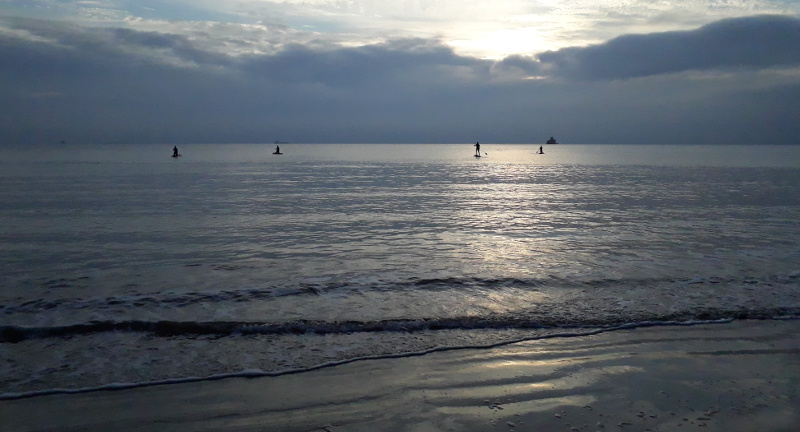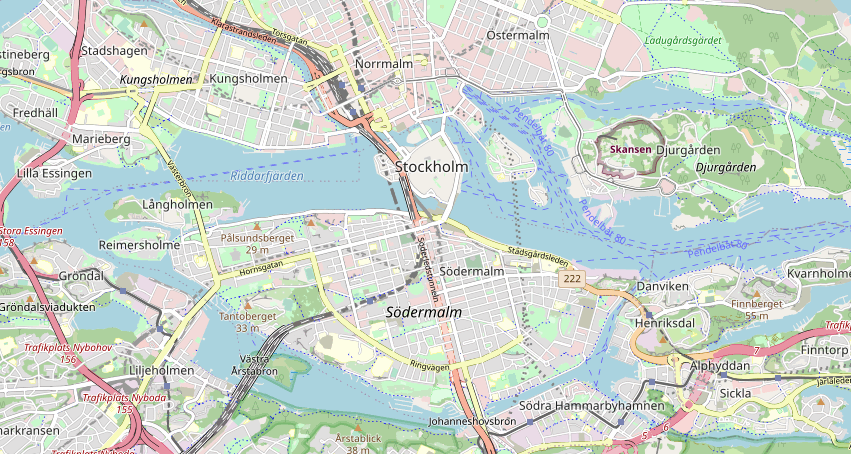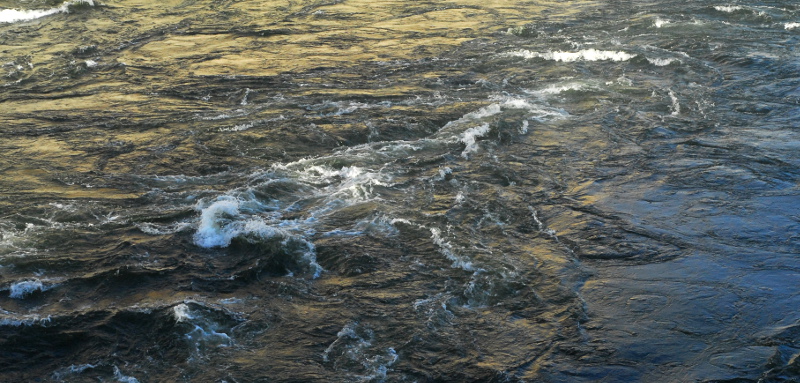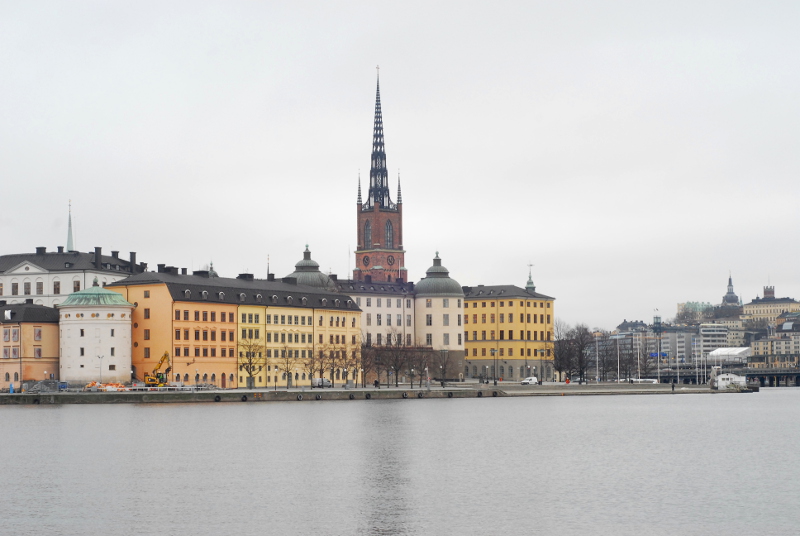A prelude
Or, some prehistory
A couple of times recently, I’ve mentioned that I’ve been pulling data off the hard drive of my old desktop computer, nested inside which was the home folders from the previous desktop computer, and nested inside those, those from the one before that. So, lots of rather old files to go through, and there will be more photos to post I promise. One thing I’ve uncovered that I didn’t think I had, though, was a text-only archive of the posts from my old blog.
Back in August I noted that this blog had turned sixteen. This was, in a way, a slight piece of misdirection. I had another blog before that, hosted by an online friend, which had run for a few years prior. Next spring, it will be twenty years since I started writing that site; it lasted just over three before, due to one reason and another, I dropped it and began this one.
Looking back at some of the posts, for the first time in a very long time, I’m slightly surprised by the tone of some of the writing. I had essentially no filter, and openly talked about exactly what I’d been doing, where I would be, visits to the doctor, what clubs and gigs I would be at, things I would never think of mentioning now. I refer to myself by name, which I never do now.
This blog, since its restart, has tended towards fairly long, rambling, in-depth posts in which I can go into a single topic in detail; and partly that’s down to its publish process, which makes it straightforward and simple* to host and manage, at a cost of being slightly clunky to add a new article. Every new post, essentially, requires the whole site to be re-uploaded so that the menus on every page are still correct, and that takes time to do. So, I don’t tend to write small posts. The old blog, managed using Movable Type, was full of one-liner diary entries about what I’d had for my tea, or what clothes I’d just bought.
Not all of the posts are like that, though; aside from some of the very personal things, there is for example a very fun and cheery account of my first proper trip abroad. I think I might actually get around to doing something I’ve been threatening to do ever since this blog first started. The first post on this site is itself a piece of misdirection, claiming to be a clean fresh start whilst at the same time saying that earlier writing might at some point make an appearance. If I can edit them into a format that fits this blog—changing people’s names to make them all consistent, bringing in The Plain People Of The Internet to handle the “fake outside reader” voice which was already occasionally present—without actually losing their style and flavour, I might some time soon get around to doing it.
* Not to mention cheap.

 Home
Home